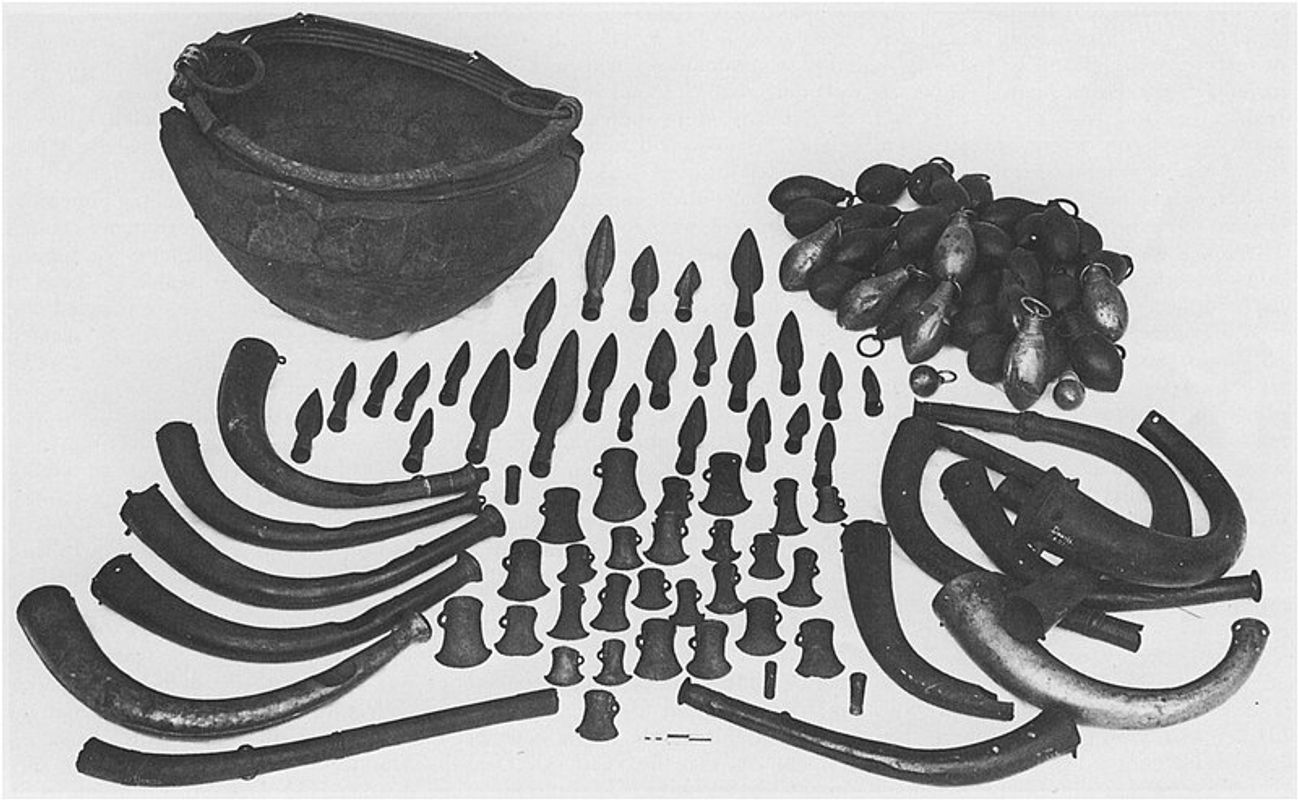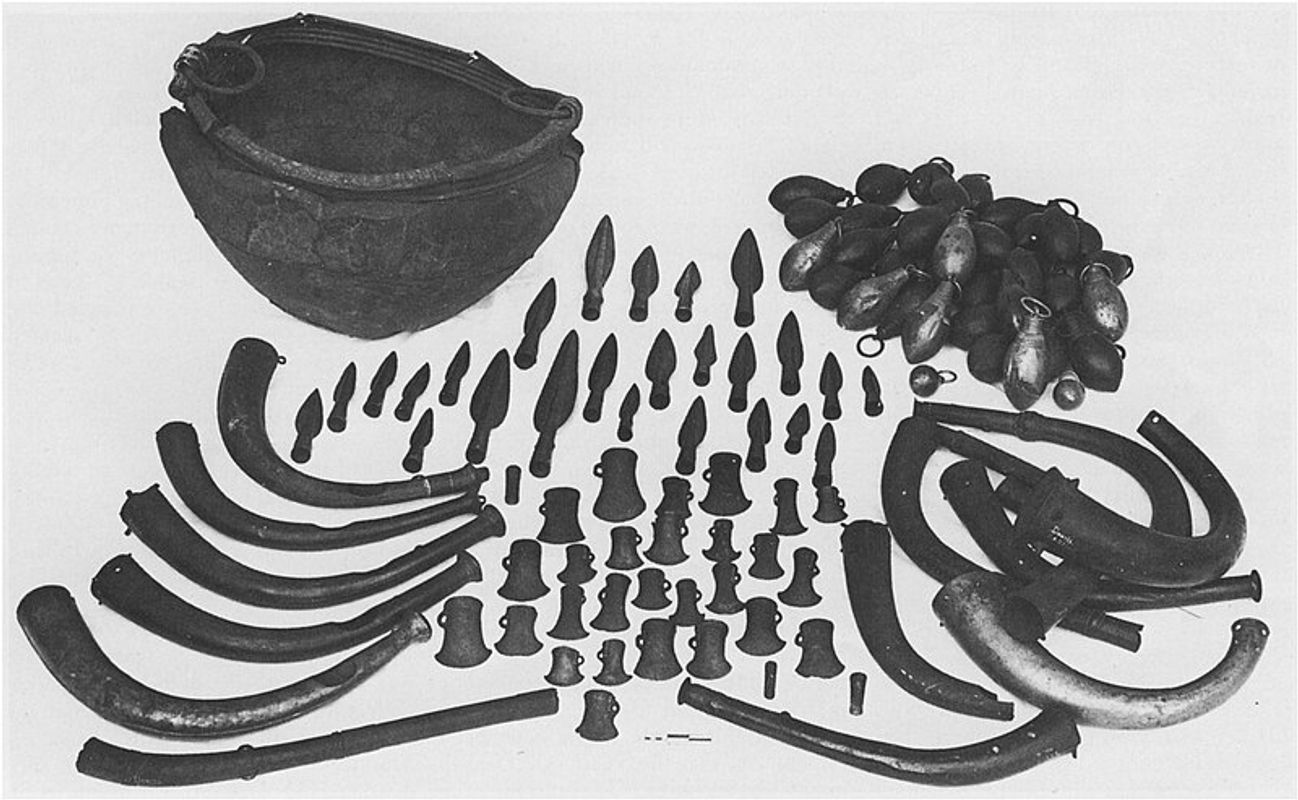Rest in pieces.
-
Fri 28 Feb ’2520:00Frascati, AmsterdamFrascati 4
Often what reaches publication is what has already happened, what has already been ‘rehearsed’ and presented. If we understand publication as this ‘making public’ from a broader place and in continuous and present time, we can play with this logic. The results of this research lab are shared in an open event at Frascati, proposing the archive as a live mechanism to practice editing as a performative act.
Archives are often seen as places where the past is preserved, focusing on what lasts over time. Rebecca Schneider compares archives to bones, emphasizing their fixation on what is solid and unchanging. Bones, the remains left after flesh has decayed, symbolize permanence. The archive, like a tomb, protects these durable fragments while ignoring the soft, living flesh that once surrounded them. By valuing what can be stored and cataloged, archives often overlook the fleeting and transformative nature of life. They preserve the bones but let the flesh—the source of movement, change, and vitality—fade away.
How can we reimagine the archive as a dynamic space that evolves and responds to contemporary needs, rather than a static collection of past records? Can the very act of revisiting and revising archived materials generate new forms of creative expression, blurring the boundaries between past and present? What potential lies in re-contextualizing archived materials to generate new insights, conversations, and creative works?
In Uncreative Writing, Kenneth Goldsmith questions the need to produce new content when, in his words, “everything has already been written,” and the internet offers an endless archive of information. Instead of creating more text, he advocates for a shift in focus: treating existing language as raw material, as a source. Copying, pasting, editing, sampling, and curating become the tools of the information age. This approach reframes creative processes as an act of management rather than invention. It is about navigating, organizing, and recontextualizing the overwhelming quantity of sources available to us. By embracing these “editorial practices,” we can discover new ways to engage with creativity in periods dominated by excess.
About the makers
Ariadna Rodriguez and Iñaki Alvarez are nyamnyam. Joining their formations and deformations in various disciplines, their work aims to promote creation, diffraction and knowledge exchange through sharing strategies on each g-local context in which they work. In this crossroad of theater and visual arts, critical thought and pedagogies, nyamnyam's work moves between the creation of projects and curatorship understood as a transdisciplinary space for relationship and disruption, clashing with the standardized vision of the mercantilization of culture.
They have developed various theatrical pieces presented at international festivals and developed projects and presented work in Spain, Portugal, France, Italy, Switzerland, Norway, Greece, United States, Mexico, Colombia, and Ecuador. After eight years of activity at their space in Barcelona, in 2020 they opened the doors of Espai nyamnyam in the small town of Mieres (Girona), a cultural cooperative focused on contemporary artistic practice within the scope of degrowth.
Their projects have received support from Acción Cultural Española (AC/E) through its program for the Internationalization of Spanish Culture (PICE), from Generalitat de Catalunya (OSIC and ICEC), Creative Europe (European Union), as well as from the Institut Ramon Llull (Catalonia).




